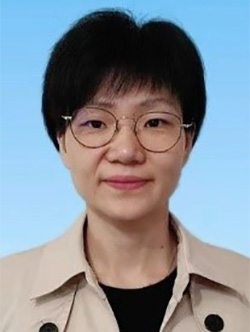
Prof. Min Xiang
College of Aerospace Science and Engineering
National University of Defense Technology
xiangmin333@hotmail.com
Min Xiang received her PhD degrees in National University of Defense Technology in 2011. She was also a postdoctoral researcher at the Tsinghua University and visited the RMIT University (Melbourne, Australia) as a visiting scholar. Her research focuses on trans-media aircraft and multiphase flow dynamics. She is currently a member of the Multiphase Flow Branch of the Chinese Society of Engineering. She has obtained continuous funding by the Nature Science Foundation of China (NSFC) and is currently in charge of more than 10 projects supporting her research. She has published over 40 journal papers in top journals and published 1 monograph. She has received the outstanding teaching award and won the first prize of teaching achievement at NUDT.
Title: Interaction mechanism between a ventilated supercavity with exhausted hot gas
Abstract: Supercavity is acknowledged as a promising technology in ultrahigh speed, cross-medium projectiles due to its high drag reduction efficiency. For underwater supercavity vehicles powered by jet propulsion, the disturbance of the tail jet may cause the deformation, oscillation and collapse of the cavity interface, which brings new challenges to the accurate prediction and stability control of the cavity shape. In this research. based on self-designed open water tunnel platform and small solid rocket motor, the effect of underwater exhausted gaseous jet on ventilated supercavity was studied. The temperature of the gas generated by the engine can reach 800K, and the flow rate was about 20g/s, then an over-expanded jet state was formed through the tail supersonic nozzle. Different from past literature, a new mechanism of cavity instability induced by tail jet was found in this experiment. During the operation of the engine, ignition was carried out under the premise of cavity covering. When the strong tail jet was turned on, extremely high instantaneous pressure caused the cavity to be squeezed and shrunk forward. Thereafter the overall shape was greatly deformed. When the cavity interface was curved beyond a certain level, a strong liquid was re-entrained inside the cavity, which would further induce the cavity to burst into fog state. When the pressure was recovered, the cavity was eventually rebuilt until closing at the nozzle outlet. Then, the influence of various factors such as the model length and shape were analyzed. It was verified that increasing the model length and using the step tail was beneficial to suppress this kind of instability. However, large step could cause interference between supercavity and the test body. Therefore, an optimum length-to-diameter ratio exists for the supercavitating vehicle.